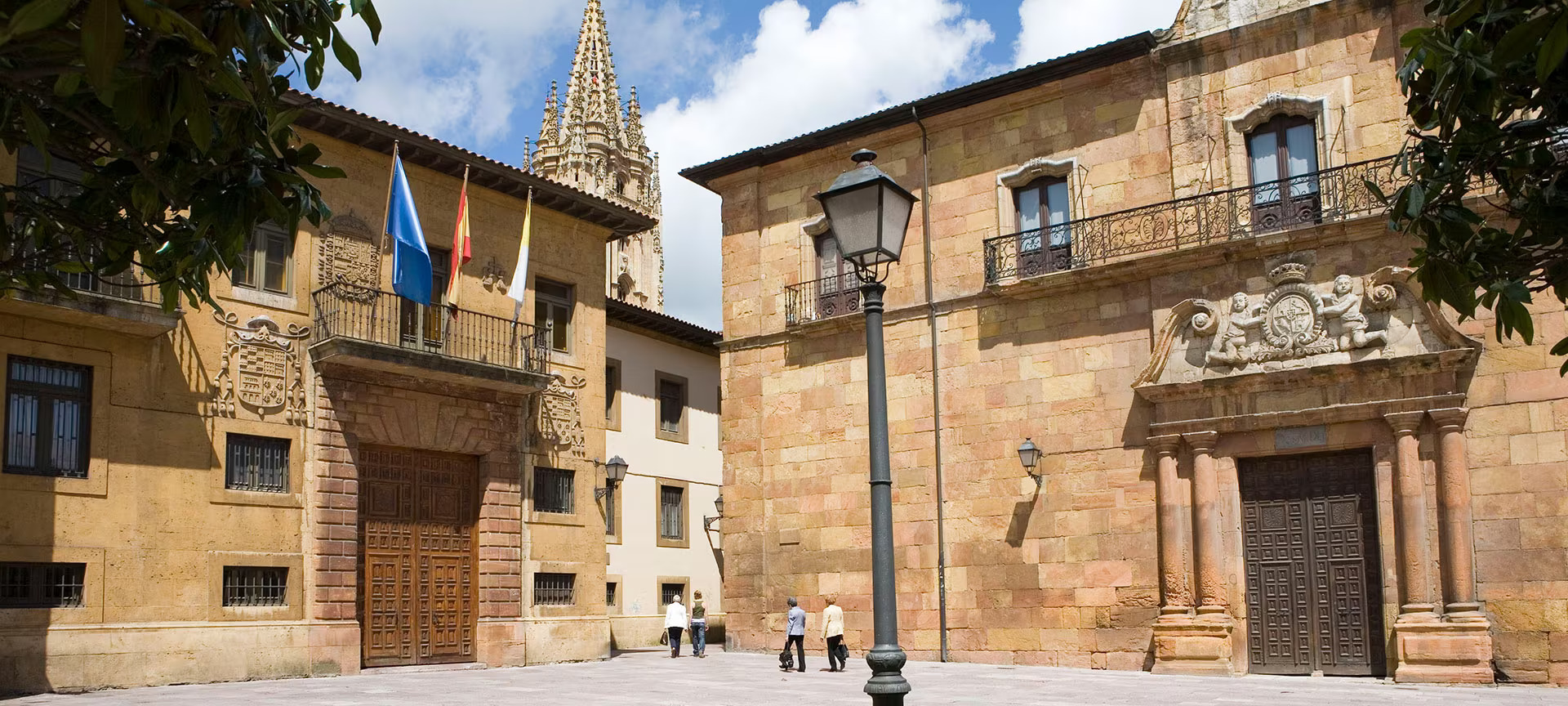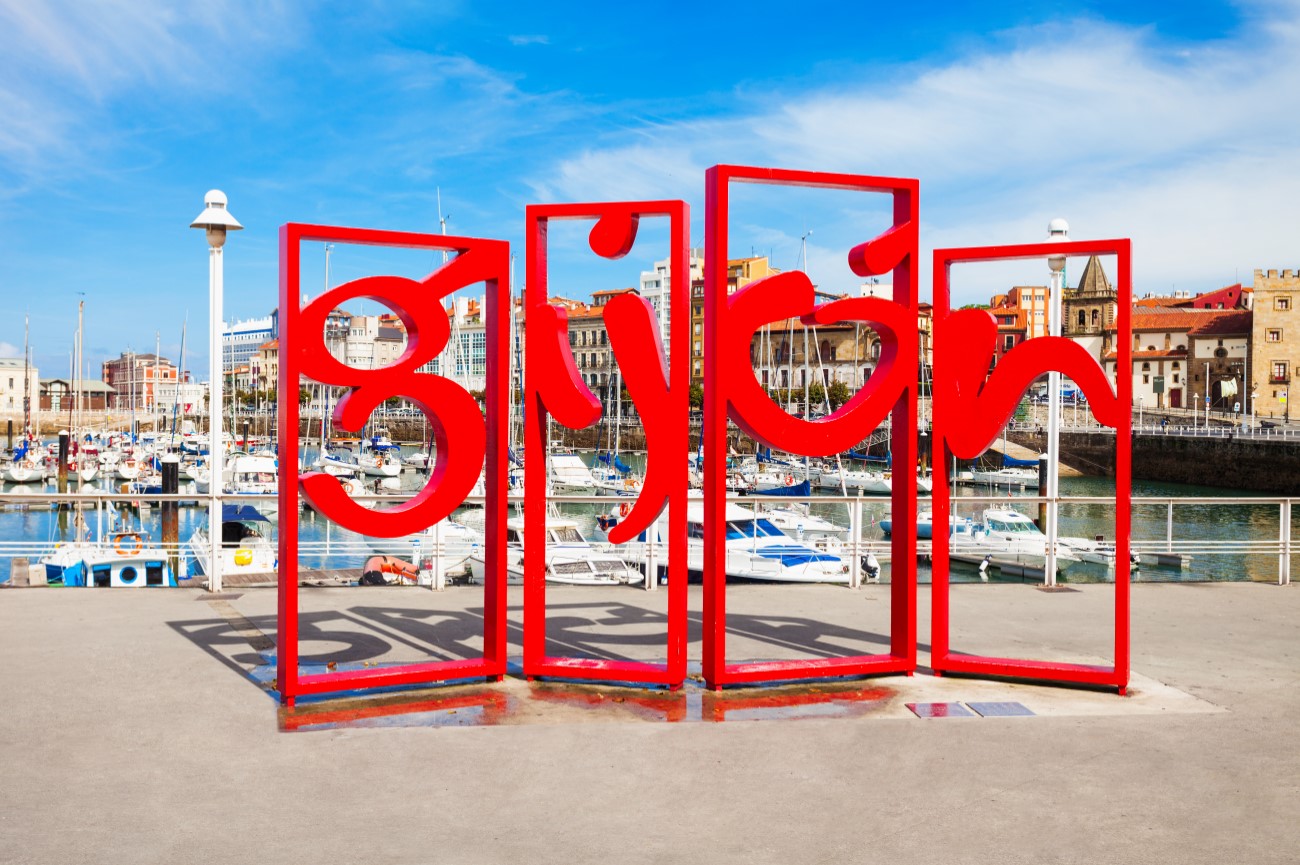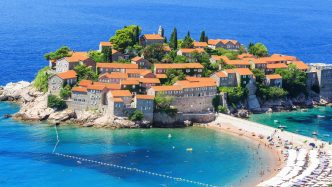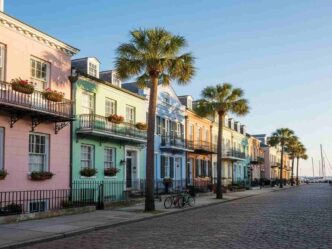Discover the Magic of Oviedo, Spain: A Cultural Journey Through Time
Nestled in the heart of northern Spain, Oviedo is a city that blends rich history with vibrant modern life. From its iconic pre-Romanesque architecture to its world-class museums and charming sidrerías, Oviedo, Spain offers an unforgettable cultural escape for every traveler.
Whether you’re marveling at the stained glass windows of the León Cathedral or strolling through the old Jewish quarter, you’ll quickly understand why travelers rave about the Spain architecture history and vibrant culture that blend seamlessly throughout the city.
Getting to Oviedo: Seamless Travel Connections
Oviedo is well connected to other parts of Northern Spain via train, BlaBlaCar, and bus services, making it easily accessible for independent travelers. The city’s compact design means once you arrive, everything is within walking distance or a short taxi ride.
For travelers searching for “hotels in Oviedo Spain”, the city offers an array of accommodations from luxury to budget-friendly. Popular choices include Hotel Gran Regente Oviedo Spain, located just minutes from major attractions.
Iconic Landmarks: Pre-Romanesque Treasures and Gothic Splendor
One of Oviedo’s most compelling features is its pre-Romanesque architecture, a legacy of Asturias’ early medieval influence. Notable landmarks include:
-
Santa María del Naranco
-
San Miguel de Lillo
-
Santa Cristina de Lena
These churches are architectural masterpieces with vaulted roofs, basilical layouts, and detailed sculptural carvings. The Camara Santa (Holy Chamber) inside the cathedral is another jewel, housing revered Christian relics like the Holy Chest and the Cross of Angels.
Oviedo Spain’s architectural beauty is recognized globally-many of these sites are listed as UNESCO World Heritage Sites.
Things to Do in Oviedo: Art, History, and Local Flavor
Start your morning with a carbayón, a sweet local delicacy, and explore Oviedo’s dynamic streets. The city is adorned with sculptures and statues around every corner, turning your walk into a cultural treasure hunt.
A must-visit stop is the Museo de Bellas Artes (Museum of Fine Arts), located in an 18th-century monastery. It features:
-
Works by Goya, Picasso, El Greco, Sorolla, and Zurbarán
-
Paintings by Asturian artists Evaristo Valle and Nicanor Piñole
-
Regional archaeological artifacts
This museum offers one of the most comprehensive fine art collections in all of Spain.
Later, stroll to the Plaza de la Catedral to admire the stunning San Salvador Cathedral, a Gothic landmark filled with intricate details, soaring ceilings, and rich history.

Local Markets and Sweet Bites
Don’t miss the Mercado El Fontán, a bustling local market where you can shop for Asturian cheeses, artisan gifts, and snacks like moscovitas—a sweet almond treat. It’s the perfect spot to soak in Oviedo’s everyday charm.
Oviedo Spain is perfect for foodies eager to explore Asturian specialties from local cider to artisan cheeses.
Oviedo’s Oceanic Climate and Scenic Proximity
Oviedo enjoys a mild oceanic climate year-round, making it pleasant to visit in any season. Summer temperatures are comfortable, while winters remain mild with averages between 5–10°C.
Although inland, Oviedo Spain is only 30-40 minutes away from some of northern Spain’s most scenic beaches, ideal for a An amazing day trip to the coast.
Day Trips and Nightlife: Gijón and LGBTQ+ Vibes
Consider a short visit to Gijón, a lively coastal city nearby. It offers stunning beaches, seafront promenades, and vibrant nightlife.
Back in Oviedo, the nightlife scene is inclusive and energetic. The city is known for its LGBTQ+-friendly venues, where locals and tourists alike enjoy music, dancing, and drinks in a welcoming atmosphere.
Looking for authentic tapas and cider bars? Oviedo’s sidrerías pour local sidra with flair, often accompanied by live folk music.

Family Fun and Educational Stops
Traveling with kids? Check out the Children’s Palace Museum, an interactive space designed for younger travelers with hands-on exhibits and activities.
History buffs can visit the Archaeological Museum of Asturias, which showcases ancient tools, Roman artifacts, and medieval finds, all housed in a serene cloister setting.
Camino de Santiago Connection
Oviedo is historically significant as a starting point on the Camino de Santiago pilgrimage. Plaza Alfonso II is where King Alfonso II launched the very first pilgrimage to Santiago de Compostela in 1007.
For spiritual travelers, Oviedo holds special meaning along the Way of St. James.

Where to Stay: Hotels in Oviedo Spain
For convenience and comfort, choose centrally located accommodations like:
-
Hotel Gran Regente Oviedo Spain – Known for spacious rooms, modern amenities, and a location near the Cathedral and shopping district.
-
NH Oviedo Principado
-
Eurostars Hotel de la Reconquista
From boutique stays to luxury lodgings, hotels in Oviedo Spain cater to every travel style.
Final Thoughts
Oviedo Spain is a perfect blend of historical grandeur, artistic richness, and modern comfort. Whether you’re admiring ancient churches, enjoying a glass of cider, or exploring local museums, the city never ceases to charm.
For travelers looking for authentic Spanish culture with a peaceful vibe, Oviedo is an unmissable destination.
FAQ’S
Is Oviedo Spain worth visiting?
Absolutely. Oviedo’s rich culture, stunning architecture, and relaxed lifestyle make it a top destination in northern Spain.
What is Oviedo Spain known for?
Its pre-Romanesque architecture, fine art museums, historical cathedrals, and vibrant sidra culture.
How far is Oviedo from the beach?
About 30-40 minutes by car to nearby northern beaches like Gijón.
Where is Oviedo located?
In the autonomous region of Asturias in northern Spain, surrounded by scenic mountains and lush landscapes.
Is Oviedo Spain a good place to live?
Yes, Oviedo is praised for its high quality of life, clean streets, and rich cultural offerings.






